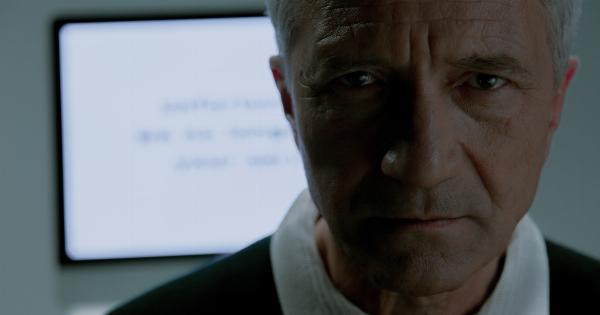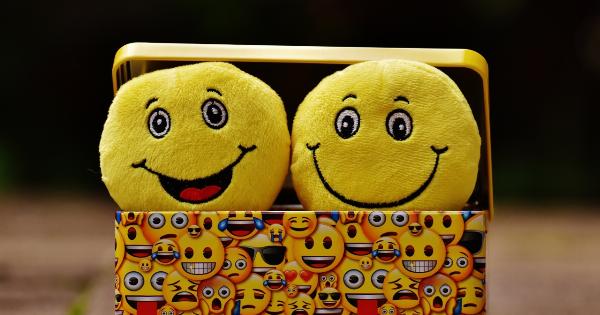Have you ever felt like you can’t help but cry in a situation that warrants it? Whether it’s a breakup, the loss of a loved one, or even a touching moment in a movie, tears can reveal a lot about our emotional state.
However, sometimes tears can be deceptive, even betraying us in ways we may not realize.
The Anatomy of Tears
To understand why tears can be deceptive, it’s important to understand how they work. Tears are produced by the lacrimal glands, located in the upper outer corner of each eye.
They are composed of three layers: a mucous layer that helps the tear adhere to the surface of the eye, a watery layer that contains electrolytes, and a lipid layer that helps prevent evaporation.
Tears can be classified into three types: basal, reflex, and emotional tears. Basal tears are constantly produced to lubricate and nourish the eye, while reflex tears are produced in response to irritants such as smoke or dust.
Emotional tears, on the other hand, are triggered by emotions such as sadness, joy, or frustration.
The Emotional Effects of Crying
Emotional tears are an expression of our deepest feelings, and crying can be a form of emotional release. Studies have shown that crying can help us regulate our emotions, reduce stress, and even improve mood.
However, not all crying is healthy. For some people, crying can become an automatic response to guilt or shame. This type of crying can leave a person feeling drained, powerless, and even more guilty than before.
The Link Between Crying and Guilt
Why does crying sometimes make us feel guilty? One reason is that we may associate crying with weakness or vulnerability, which can make us feel ashamed.
Another reason is that crying can sometimes be a form of manipulation, consciously or subconsciously. When we cry in front of someone, we may be trying to evoke empathy or sympathy, and this can make us feel guilty for not being honest or authentic.
In some cases, guilt-inducing crying can be a sign of a deeper emotional issue. For example, if someone has experienced past trauma, they may cry as a way of coping with the pain.
However, if they don’t address the underlying issue, the crying can become a pattern that reinforces feelings of guilt or shame.
How to Deal with Guilt-Inducing Crying
If you find yourself crying in situations where you don’t feel particularly sad or upset, it may be worth exploring the root cause.
Ask yourself why you feel guilty, and whether the tears are a genuine expression of emotion or a way of manipulating others.
If you suspect that your tears are a form of manipulation, it may be helpful to seek therapy to address the underlying issue. A therapist can help you develop more healthy coping mechanisms and learn to express your emotions in a more authentic way.
Another way to deal with guilt-inducing crying is to practice mindfulness. Mindfulness involves being present in the moment and observing your thoughts and feelings without judgment.
When you feel the urge to cry, try to take a step back and observe what’s happening without getting caught up in the emotion.
The Benefits of Healthy Crying
Despite the potential downsides of crying, it’s important to remember that tears can also be a healthy and natural expression of emotion.
When we cry for genuine reasons, such as the loss of a loved one or a personal setback, we are allowing ourselves to process our emotions in a healthy way.
Crying can also foster empathy and connection. When we cry in front of others, we are opening ourselves up to vulnerability and inviting others to offer us comfort and support.
This can strengthen our relationships and help us feel less alone in our struggles.
The key to healthy crying is to allow ourselves to feel our emotions fully without judgment or shame.
Whether we’re happy, sad, or frustrated, our tears can reveal a lot about our inner world and help us navigate the complexities of life with greater resilience and authenticity.
Conclusion
In conclusion, tears are a complex and nuanced expression of our emotions. While they can be a powerful tool for healing and connection, they can also be deceptive and even guilt-inducing.
By exploring the underlying reasons for our tears and learning to express our emotions in a healthy way, we can develop a more authentic relationship with our emotions and build stronger connections with those around us.




























